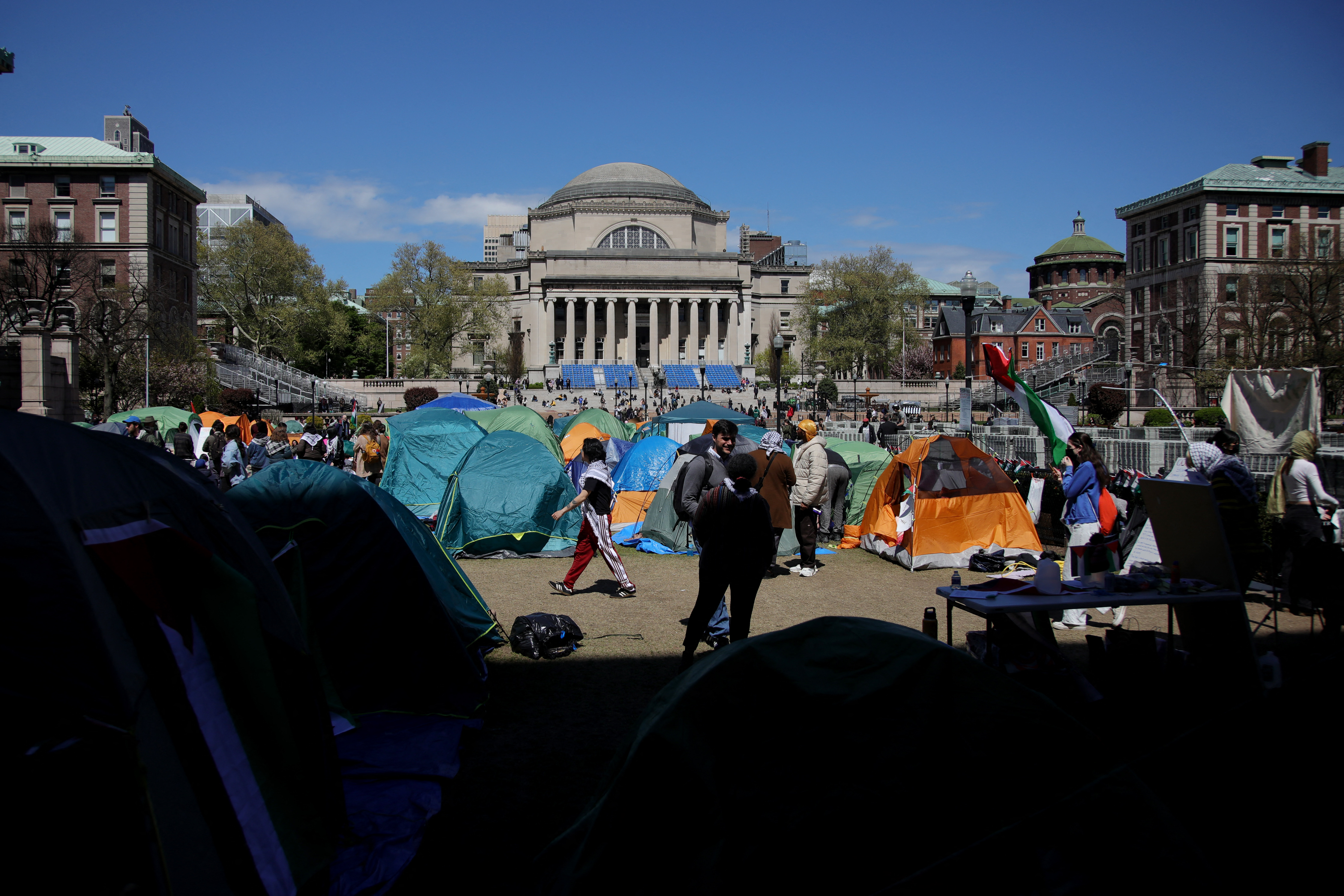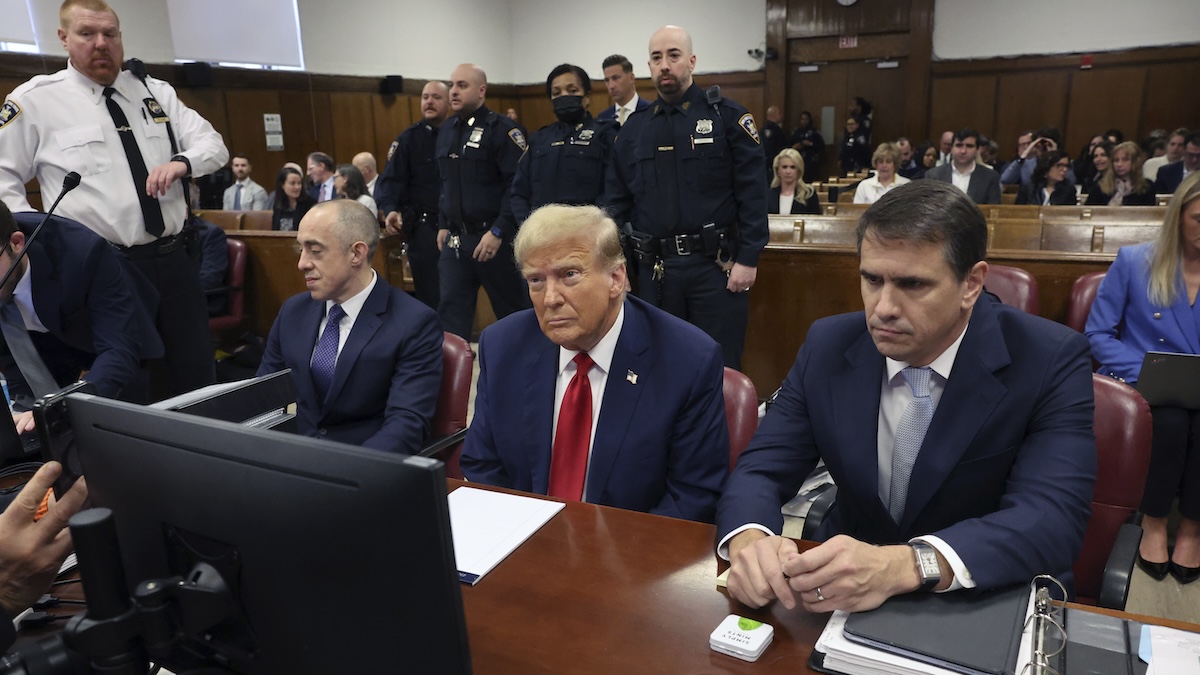What to Know
- The state continues to work on its vaccination efficacy plan to ensure a smooth, equitable and efficient rollout when it become available.
- Cuomo said Wednesday that New York expects an initial 170,000 vaccine doses by Dec. 15, assuming the process continues at its current pace, and additional initial allocations from both Pfizer and Moderna this month.
- Cuomo said there are three variables to a successful vaccination program for the state: setting up a New York vaccine review panel, reaching the most vulnerable communities, and federal funding.
The latest infection increase will continue through the holiday season and January at least, Gov. Andrew Cuomo said Wednesday as he continued to warn about the associated holiday season surge in COVID-19 cases. It is because of these factors that the state continues to work on its vaccination efficacy plan to ensure a smooth, equitable and efficient rollout when it become available.
Cuomo said Wednesday that New York expects an initial 170,000 vaccine doses by Dec. 15, assuming the process continues at its current pace, and additional initial allocations from both Pfizer and 40,000 doses Moderna this month. Both require two doses. Delivering those to up to 20 million people is a herculean challenge, Cuomo says, one complicated by high skepticism of this particular vaccine and other issues that compromise equitable distribution of any new vaccine.
According to the governor, experts say 75 percent to 85 percent of the population must be vaccinated in order for the economy to return to some semblance of normalcy. Even if the state received 300,000 vaccine doses by year's end and had 300,000 people willing to take them immediately, that's just 1.5 percent of New York's population. As Cuomo says, the launch of the vaccine is the beginning of a long process forward. It's hardly a time to declare "coronavirus is over."
"We then turn to how effective the vaccination program is going to be because the vaccination program is really the end game here. And there are big questions on that," Cuomo said before further outlining where the state stands when it comes to its current vaccination efficacy plan.
"We have spoken to the FDA...[and we] have a New York panel. The New York panel will review the FDA’s approval. Why? Because we know we have existing skepticism about the vaccine. Our panel did not create the skepticism, the skepticism existed and that’s why we created the review panel," the governor said, adding that if people believe the federal vaccine approval was politically motivated, less people will be willing to take it "which creates a problem because 75 to 85% population needs to be vaccinated."
News
Cuomo also said the state has spoken to the CDC to urge that the vaccination process be "inclusive."
"The Black, Brown and poor community has paid the highest price for COVID. Why? Because it exposed an inherent discrimination in our healthcare system. They live in communities with less access to healthcare," Cuomo said. "They had a higher level of preexisting conditions. Blacks died at twice the rate as whites. Browns died at one-and-a-half-times the rate of whites. COVID testing was at a lower level in the Black, Brown and poor communities. I’m not going to enhance and aggravate the discrimination that has already been manifested by now excluding them or discriminating against them in the vaccination process."
Cuomo also said that the state, and country, needs the participation of these communities to reach their vaccination goals.
"We also know that if we don’t have the full participation of the Black, Brown and poor communities your never going to hit the goal of 75 to 85% and that means the vaccination process will fail for all New Yorkers and Americans," the governor said.
Aside from the need of the full participation of Black, Brown and poor communities, Cuomo said the participation of the undocumented population is critical.
"We also know you can’t dissuade the undocumented population from participating," Cuomo said. "Federal guidance has states signing something called the data sharing agreement. Federal government suggests we identify (vaccine) recipients by using Social Security numbers, passport numbers or driver License ID number. Those are also proxies to determine citizenship."
Cuomo has previously said that the state is against the federal government's agreement and wouldn't sign it.
The third variable to having a successful vaccination program -- aside from the review panel and reaching the most vulnerable communities -- has to do with federal funding, the governor said.
"The federal government is not providing any funding to speak of for the states to do the vaccinations. Who is supposed to pay for this? How am I supposed to do the distributions? We have a deficit from COVID. You have local governments who are starving and may lay off essential workers. Those are the essential workers you need to do the vaccine program. This vaccine administration would cost the state a billion dollars," Cuomo said.
The governor went on to say that he has spoken to congressional leaders across the board that if they do pass an economic stimulus COVID package, there has to be funding to administer the vaccines.
"It is not enough to say, we’ll deliver them to your state. That’s very nice. FedEx can deliver them to every state," Cuomo said. "How do we then distribute it? How do we do the outreach? How do we do the public education? How do we convince 85 percent of the people to take the vaccine? How do we get into public housing? How do we get into Black and Brown communities. Who is going to do this? And, who is going to pay for it?"
The current phase of COVID is the most dangerous yet for the United States, according to federal officials. The White House Coronavirus Task Force told states earlier this week that "the COVID risk to all Americans is at a historic high," according to a copy of the report obtained by NBC News.
That report included a stark warning for people older than 65 and those with preexisting conditions. It urged them to limit nonessential activities outside the home, echoing the pleas New York City's top doctor made to the city on Tuesday.
Dr. Anthony Fauci says travel and collective COVID fatigue will fuel a secondary surge on top of the current intense surge.
He warned the next 30 or so days will be a period of "precarious risk" as people begin shopping for Christmas gifts in stores and host parties for New Year's Eve.
However, there is help coming on the horizon in the form of vaccines. Late Tuesday, an advisory group with the Centers for Disease Control and Prevention recommended healthcare workers and residents of long-term care facilities and nursing homes be the first to get the vaccine once it is deployed. Roughly 24 million Americans make up those top-priority groups.
Cuomo said he agreed with the advisory, saying that nursing home residents and staff members will be prioritized for the vaccine. That would be enough to cover the state’s roughly 85,000 nursing home residents and 130,000 staff members, though Cuomo said he expects not all residents and staff members will agree to take the vaccine. Remaining doses could then go to New York’s next priority: congregate care facilities and then some of the roughly 600,000 health care workers who treat patients in emergency rooms and intensive care units.
“This virus is the greatest public health threat our country has faced in most of our lifetimes and the governor’s announcement today acknowledges that our residents and dedicated health care workers are on the front line of this pandemic,” said Stephen Hanse, president and CEO of the New York State Health Facilities Association and the New York State Center for Assisted Living.
And the leader of the state’s hospital industry agreed: “I strongly agree that this is the appropriate prioritization of the first doses, with hospital staff and other health care workers not far behind,” Greater New York Hospital Association President Kenneth Raske said.
Vaccines could start rolling out by the end of the year, Fauci told News 4, but they won't be widely available until sometime in the spring or early summer of 2021. Even any initial late-year shipments won't come in time to stem the holiday tide. Cuomo said an optimistic scenario would get the state at herd immunity levels by June.
On Wednesday, the U.S. set another new single-day record by topping 200,000 coronavirus cases, according to NBC News. That's the highest daily total yet, beating the previous high of 196,000 on Nov. 20.
Nearly 37,000 Americans died of COVID-19 in November, the most in any month since the dark early days of the pandemic. To date, the United States has lost about 270,000, more than any other country in the world. The tri-state area alone has confirmed nearly 50,000 COVID deaths, though thousands upon thousands more are likely attributable to the virus in some way, officials say



